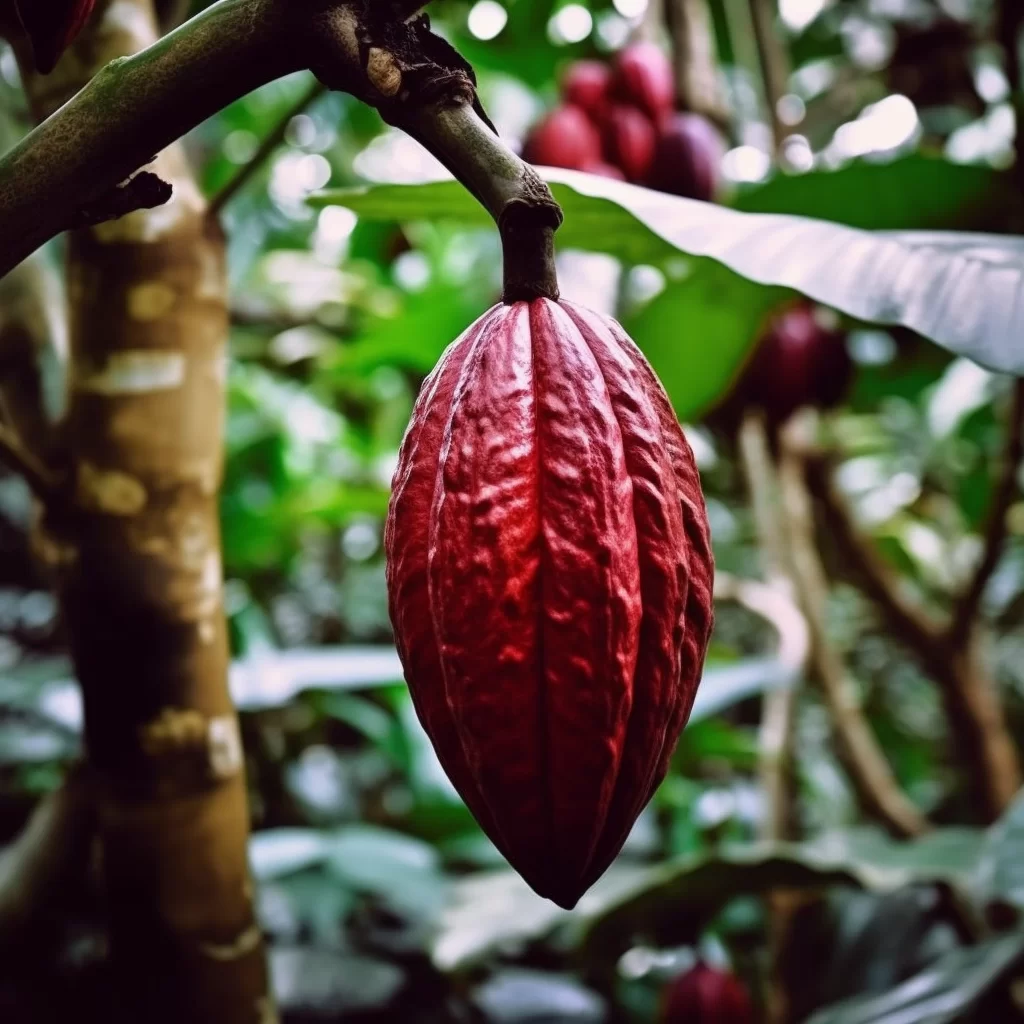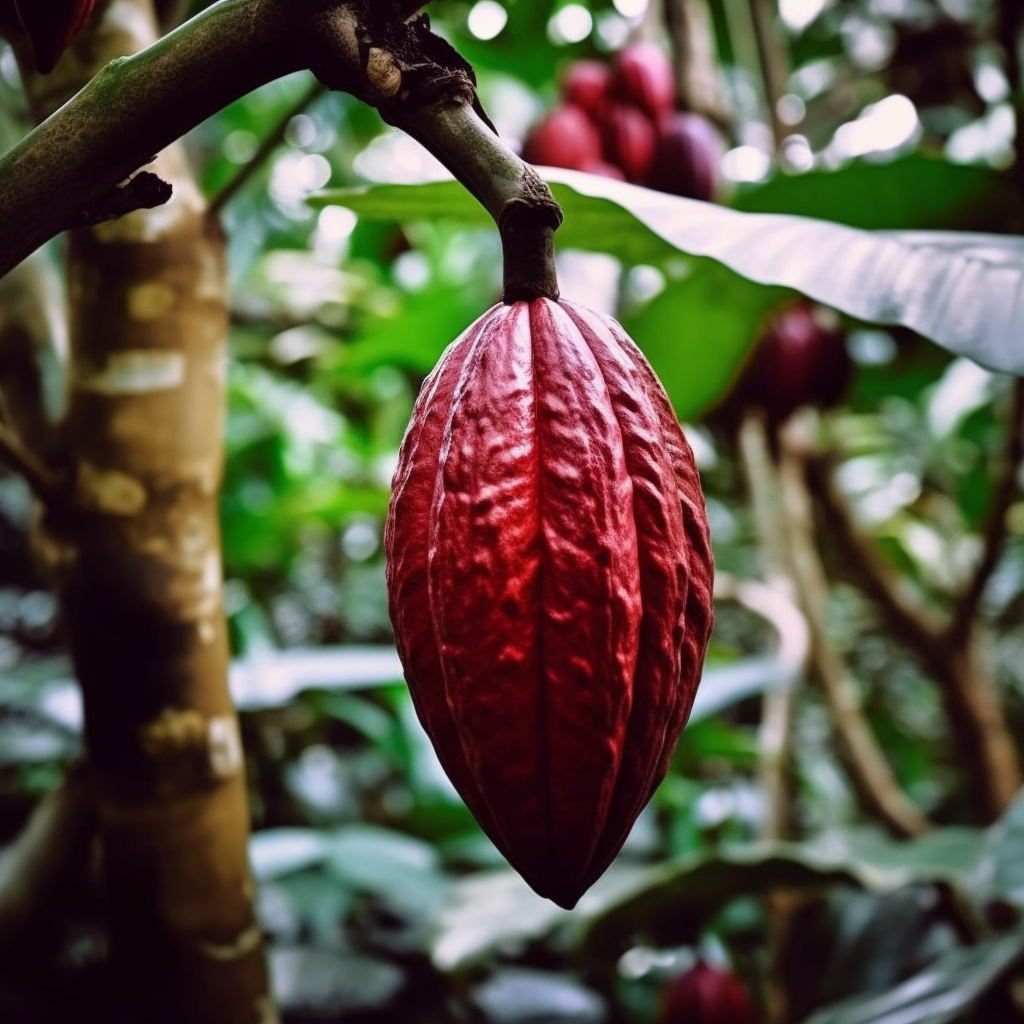Story of Day :
Contents
The Complete Guide and Care Tips for Cacao Plant
Chocolate is a beloved treat worldwide, and it all starts with the cacao plant. Whether you’re looking to grow your own chocolate supply or just want to add an exotic touch to your garden, the cacao plant is an excellent choice. This guide will provide you with all the information you need for successful cacao cultivation.
What is a Cacao Plant?
The scientific name of the cacao plant is Theobroma Cacoa, which means “food of the gods.” It’s a small evergreen tree native to Central and South America that can grow up to 20 feet tall in optimal conditions.
Cocoa pods are grown on these trees, which come in different colors ranging from yellow-orange to red-purple. When ripe, they are harvested by hand and split open so that their beans can be extracted. These beans undergo fermentation and are then dried before being roasted at high temperatures.

Growing Conditions for Cacao Plants
The tropical climate of Central and South America provides ideal growing conditions for cacao plants. However, it’s possible to cultivate them elsewhere if certain conditions are met:
- Temperature: Cacao plants thrive in temperatures between 70-90°F (21-32°C). They cannot tolerate frost or extreme heat.
- Humidity: The ideal humidity level for cacaos ranges from 60-90%. Consistent high humidity levels help prevent cocoa pod rotting.
- Sunlight: While some shade helps shield young trees from intense sunlight during hot parts of the day; mature trees need direct sunlight; but not too much as this can result in sunburnt leaves;
- Soil: Cacao plants grow well in porous, rich, and fertile soil that drains well. The pH level should be between 6-7.
- Pollination: Natural pollinators like midges and tiny flies are attracted to the flowers’ powerful aroma, tropical weather conditions favor their activity.
Caring for Your Cacao Plant
To ensure healthy growth and a good harvest of cacao pods, the cacao plant needs proper care as it grows.
- Watering:The plant requires consistent watering since it cannot tolerate dry spells or waterlogged roots. Water at least once per week or when the soil is dry to the touch.
- Fertilizing:Cocoa trees require regular fertilization with a balanced fertilizer containing nitrogen (N), phosphorus (P), and potassium (K). Feed them every four months using liquid fish emulsion or other organic fertilizers.
- Pruning:Cut back on any dead branches when necessary. Trim away any overgrown shoots that can prevent sunlight from reaching lower leaves; this helps encourage bushier growth patterns that promote more cocoa pod production..
- Weeding: Weeds compete with cocoa plants for water, nutrients, space in their root system; thus they need regular weeding to maintain their health.
Pests and Diseases of Cacoa Plants
Cocoa trees are susceptible to pests such as termites, thrips, fungal infections such as black pod disease caused by Phytophthora fungi. Regular application of fungicide spray can help prevent black pod disease occurrence while use natural predators like ladybugs against common pests like scale insects help protect the plant without toxic pesticide.
Harvesting Cacao
Cocoa pods mature from six to eight months after pollination. Pods can be harvested throughout the year, but there are peak periods during which most of the cacao crop is harvested. It takes considerable expertise to identify ripe cocoa pods – they should be full, heavy and make a dull sound when tapped.
Crack open cocoa pods with a machete or knife with care for not damaging the seeds inside. The seeds are then fermented first in baskets or on banana leaves for up to a week before drying it under direct sunlight before processing them into chocolate by drying, roasting and grinding them.
Conclusion
Growing your cacao plant requires time and patience but is very rewarding as it provides you with an opportunity to harvest your own fresh chocolate supply. With proper care practices like watering, pruning, weeding fertilization coupled with an ideal growing environment of tropical climate soil type , sun exposure; you will enjoy healthy growth of this exotic tree that produces one of the world’s favorite treats!
